Hearty gumbo is a top-notch comfort food stew centered around a flavorful roux and the holy trinity of Southern cooking: aromatic onions, celery, and bell peppers. Filled with shrimp, sausage, and Cajun seasoning, it’s the true melting-pot dish that will transport you straight to Louisiana after just one bite. Originating in the state, this dish combines the cuisines and ingredients of several cultures including West African, French, German, and Choctaw. Keep reading for all of our top tips on how to make the Cajun-style version of this classic dish:
What’s the difference between gumbo and jambalaya?
The difference in these two dishes comes down to two things: the roux and the role of the rice. Unlike jambalaya, gumbo builds its flavor upon a roux, which also thickens it to a stew-like texture. Gumbo is also served with rice on the side, while jambalaya simmers it in the dish.
How to make the roux:
Every good gumbo starts with a mixture of butter and flour called a roux. In this case, we’re cooking the roux until it has a golden color, which can take about 10 minutes. Our top tip? During this time, you should be stirring almost constantly. It’s very easy to burn a roux, and if you do, then you have to start over. If that happens, that’s okay! It takes some practice if this is your first time making a roux, but stirring constantly will help prevent any burning from happening in the first place.
What meat or seafood is usually in gumbo?
The protein can vary in different gumbo recipes but for our recipe, we chose a mix of andouille sausage and shrimp. Some tips when it comes to these star ingredients:
— The shrimp. It’s really up to you if you prefer to keep your shrimp shells on or not. The shells add heaps of flavor, so oftentimes we prefer to keep them on, but if eating tail-on shrimp isn’t your thing, no worries! Leave ’em out. In terms of size, it doesn’t really matter how big your shrimp are, just make sure to keep a close eye on them as they cook. As soon as they turn opaque, they’re done. As always, make sure you’re buying sustainably—the Monterey Bay Aquarium has an amazing guide that can walk you through purchasing shrimp ethically. Not feeling shrimp? Try our chicken and sausage gumbo instead.
— The sausage. Trust us, for this recipe, it’s truly worth it to find andouille. It provides a very specific flavor associated with this dish, so it’s really worth hunting for. If you can’t find andouille anywhere, there are ways to substitute the flavor. Start with ground pork and mix in Cajun spices. Since andouille is double-smoked, try adding a little liquid smoke to the mix. We’d start small, 1/2 teaspoon should do it.
Serving ideas for gumbo:
Gumbo is often traditionally served spooned over rice, and we chose to top our bowls with our reserved scallions. If you’re looking for side ideas, you can’t go wrong with our air fryer okra, skillet cornbread, or sautéed mustard greens.
Storage and freezing:
Since there is seafood in this dish, we don’t recommend refrigerating gumbo for more than 2 days. You can also freeze your gumbo for up to 6 months. The cooked rice can be stored separately in the fridge for up to 2 days, and frozen separately for up to 1 month.
If you tried this recipe, let us know it went in the comments below.

Hearty gumbo is a top-notch comfort food stew centered around a flavorful roux and the holy trinity of Southern cooking: aromatic onions, celery, and bell peppers. Filled with shrimp, sausage, and Cajun seasoning, it’s the true melting-pot dish that will transport you straight to Louisiana after just one bite. Originating in the state, this dish combines the cuisines and ingredients of several cultures including West African, French, German, and Choctaw. Keep reading for all of our top tips on how to make the Cajun-style version of this classic dish:
What’s the difference between gumbo and jambalaya?
The difference in these two dishes comes down to two things: the roux and the role of the rice. Unlike jambalaya, gumbo builds its flavor upon a roux, which also thickens it to a stew-like texture. Gumbo is also served with rice on the side, while jambalaya simmers it in the dish.
How to make the roux:
Every good gumbo starts with a mixture of butter and flour called a roux. In this case, we’re cooking the roux until it has a golden color, which can take about 10 minutes. Our top tip? During this time, you should be stirring almost constantly. It’s very easy to burn a roux, and if you do, then you have to start over. If that happens, that’s okay! It takes some practice if this is your first time making a roux, but stirring constantly will help prevent any burning from happening in the first place.
What meat or seafood is usually in gumbo?
The protein can vary in different gumbo recipes but for our recipe, we chose a mix of andouille sausage and shrimp. Some tips when it comes to these star ingredients:
— The shrimp. It’s really up to you if you prefer to keep your shrimp shells on or not. The shells add heaps of flavor, so oftentimes we prefer to keep them on, but if eating tail-on shrimp isn’t your thing, no worries! Leave ’em out. In terms of size, it doesn’t really matter how big your shrimp are, just make sure to keep a close eye on them as they cook. As soon as they turn opaque, they’re done. As always, make sure you’re buying sustainably—the Monterey Bay Aquarium has an amazing guide that can walk you through purchasing shrimp ethically. Not feeling shrimp? Try our chicken and sausage gumbo instead.
— The sausage. Trust us, for this recipe, it’s truly worth it to find andouille. It provides a very specific flavor associated with this dish, so it’s really worth hunting for. If you can’t find andouille anywhere, there are ways to substitute the flavor. Start with ground pork and mix in Cajun spices. Since andouille is double-smoked, try adding a little liquid smoke to the mix. We’d start small, 1/2 teaspoon should do it.
Serving ideas for gumbo:
Gumbo is often traditionally served spooned over rice, and we chose to top our bowls with our reserved scallions. If you’re looking for side ideas, you can’t go wrong with our air fryer okra, skillet cornbread, or sautéed mustard greens.
Storage and freezing:
Since there is seafood in this dish, we don’t recommend refrigerating gumbo for more than 2 days. You can also freeze your gumbo for up to 6 months. The cooked rice can be stored separately in the fridge for up to 2 days, and frozen separately for up to 1 month.
If you tried this recipe, let us know it went in the comments below.
Directions
-
- Step 1
In a large, deep skillet over medium-low heat, melt butter, then add flour. Cook, stirring constantly, until roux is dark caramel colored, 12 to 15 minutes.
- Step 2Add onions, peppers, and celery and cook, stirring, until softened, about 8 minutes. Stir in sausage, garlic, and Cajun seasoning; season with salt and pepper. Stir in broth, tomatoes, and bay leaf and bring to a boil. Reduce heat to low and simmer, stirring occasionally, until thickened, about 1 hour.
- Step 3In the last 6 minutes of cooking, add shrimp. Once shrimp is pink and cooked through, taste and adjust seasonings. Stir in scallions, reserving some for serving.
- Step 4Divide rice among bowls. Spoon gumbo over. Top with reserved scallions.
- Step 1


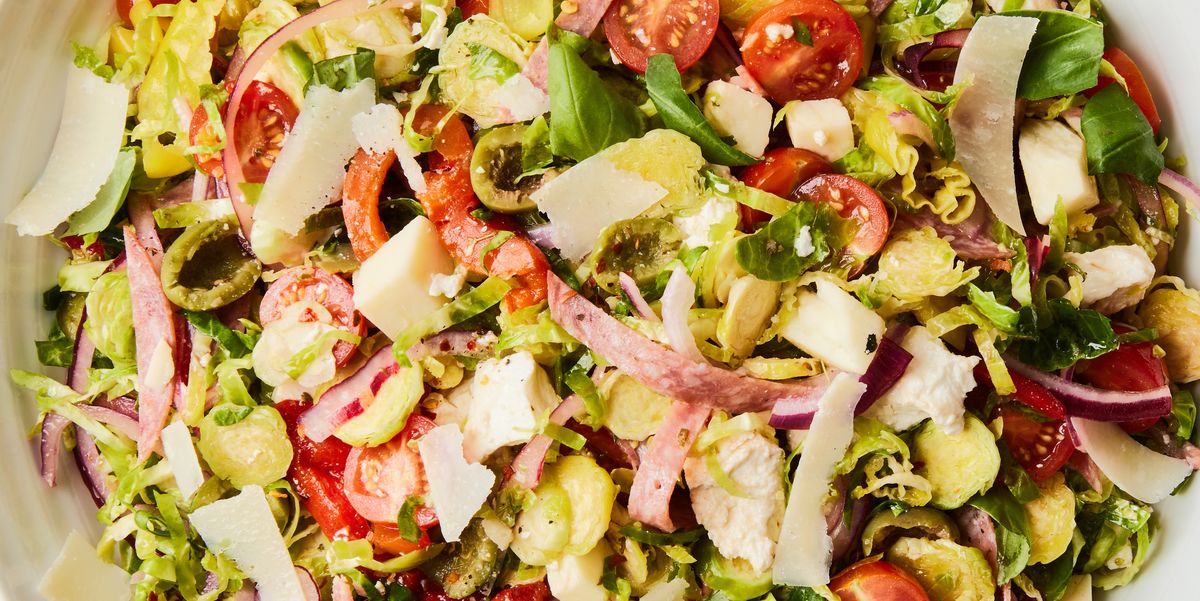
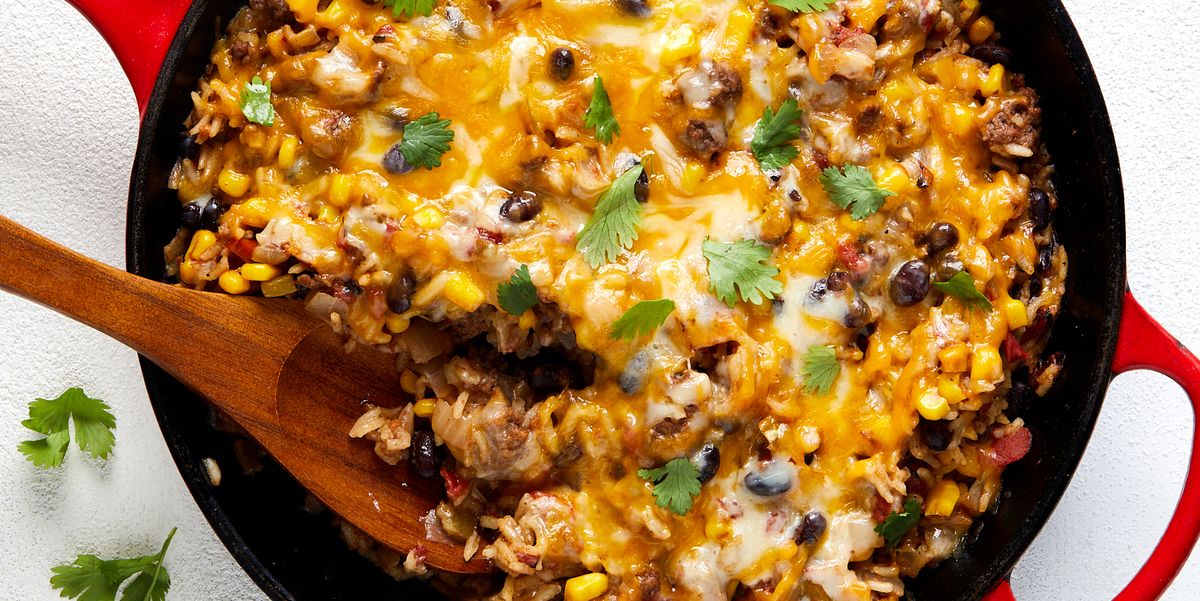
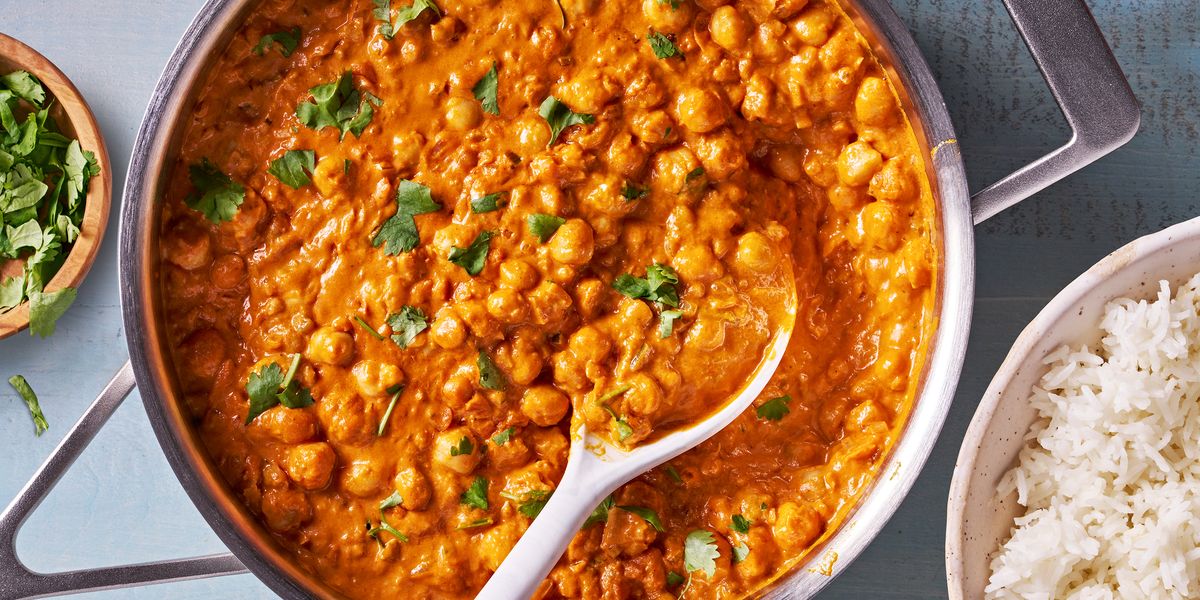
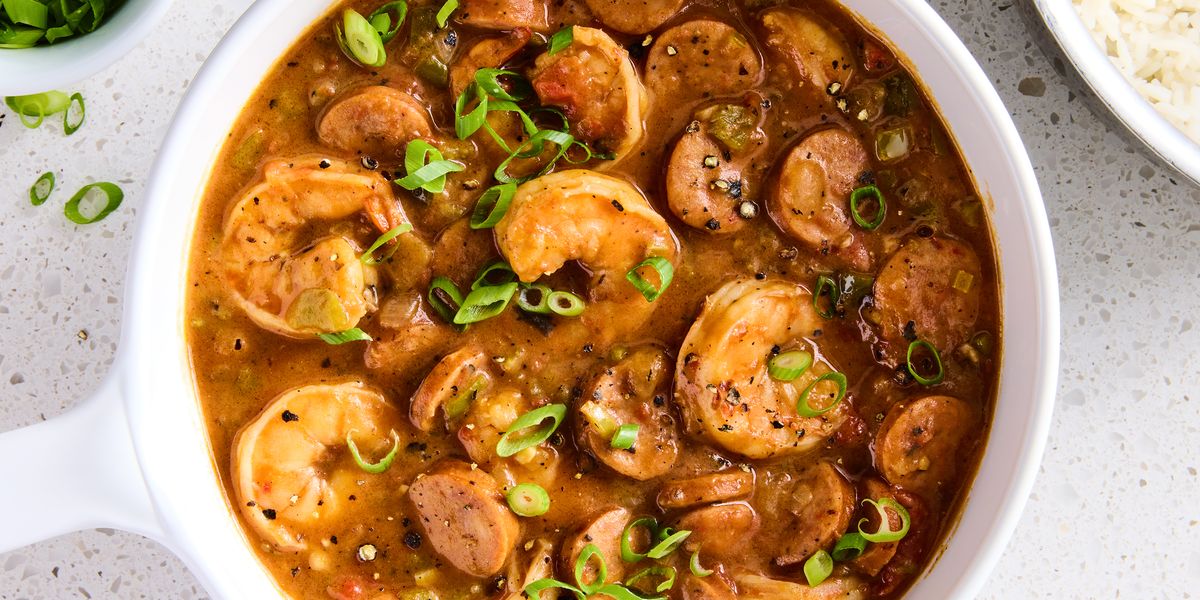
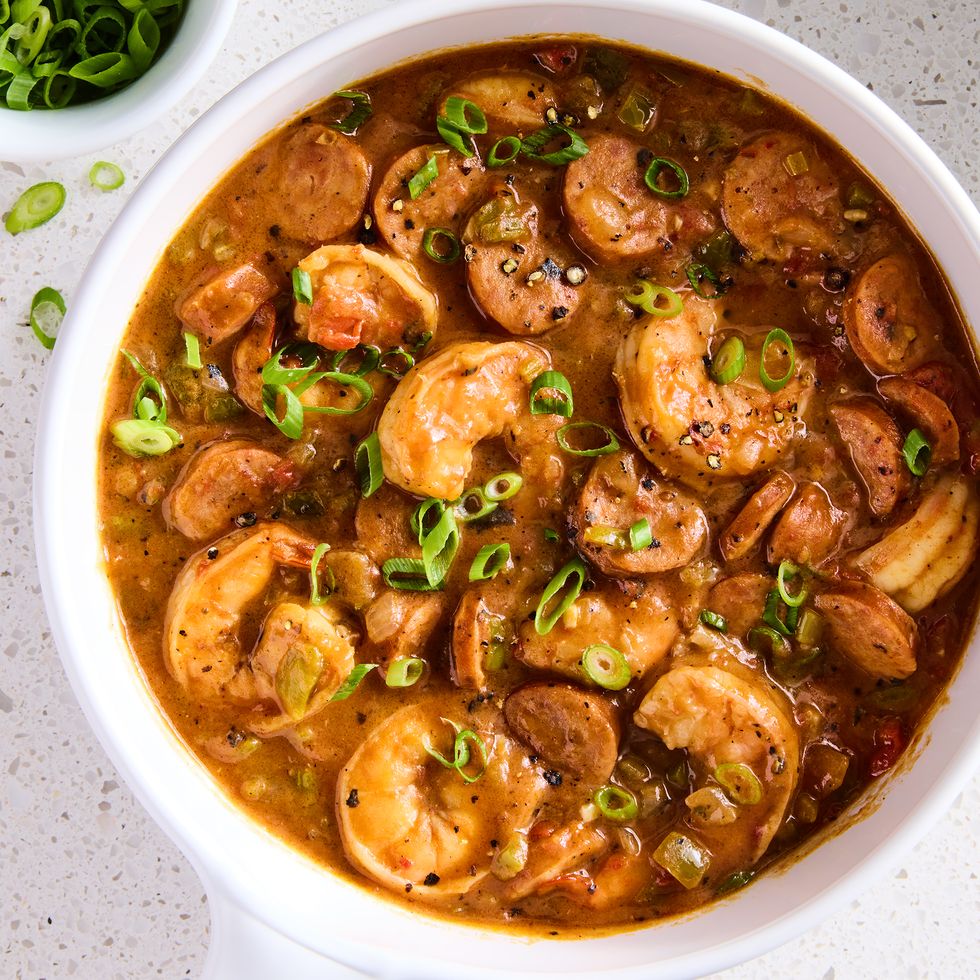
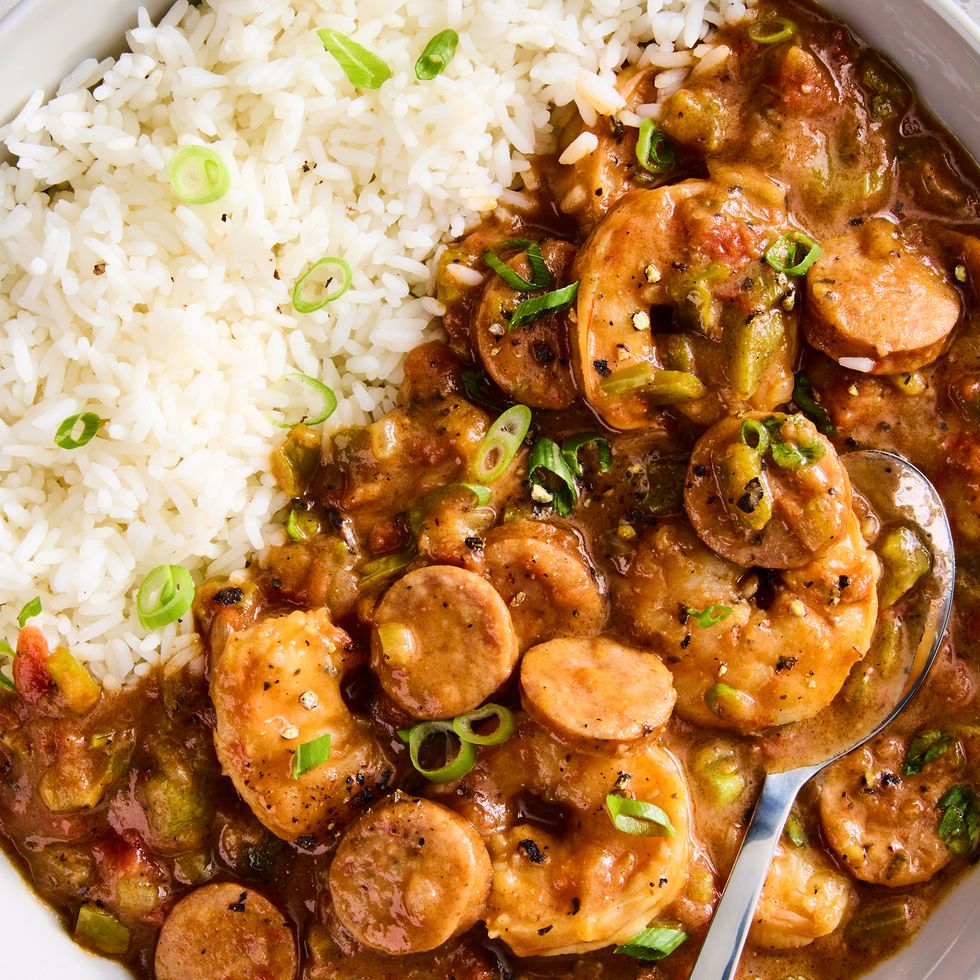





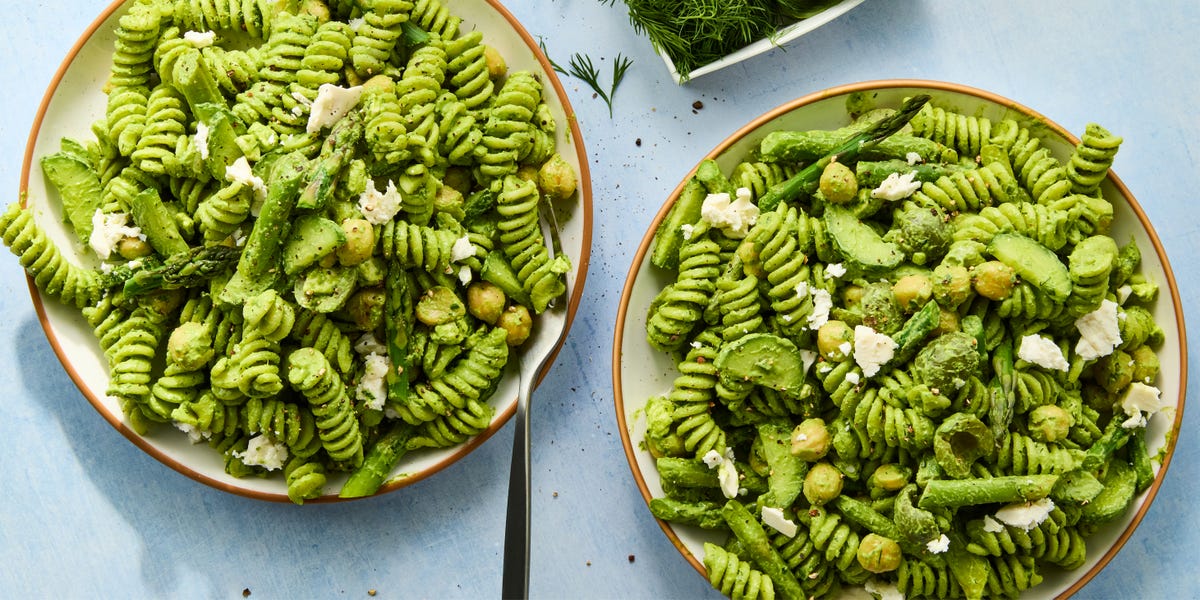


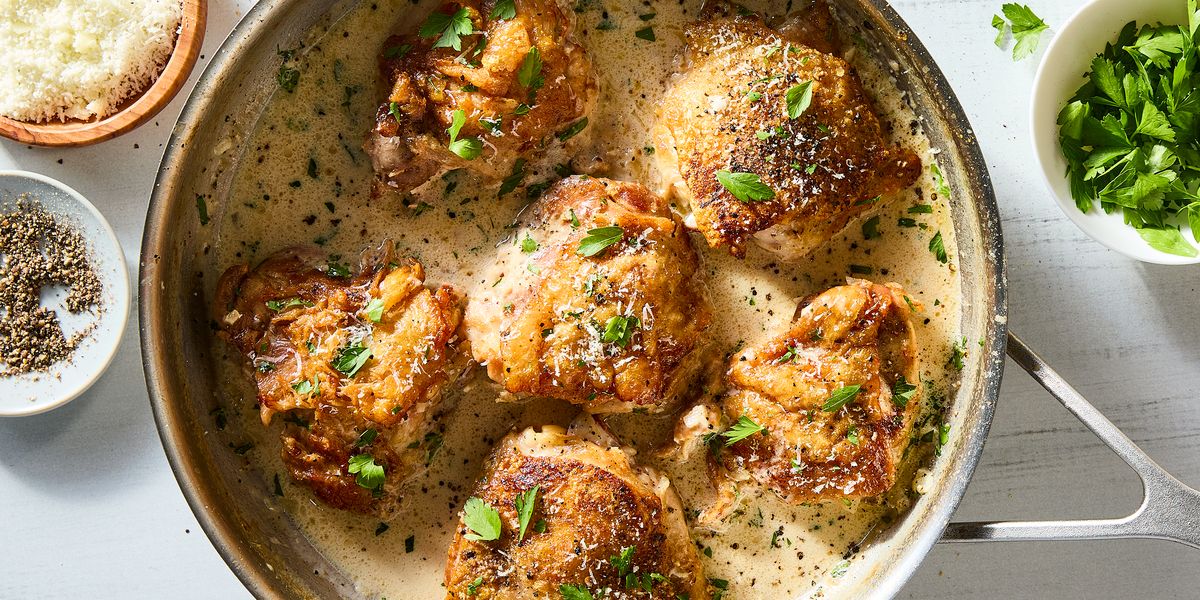

Leave a Reply